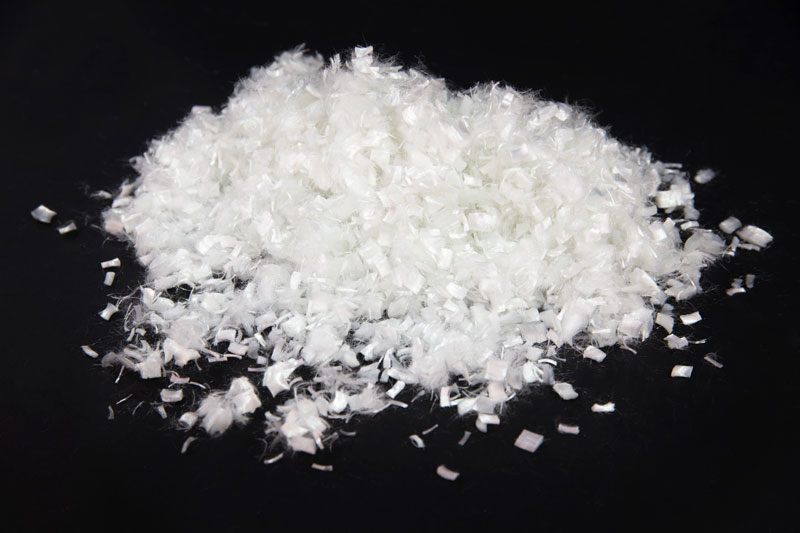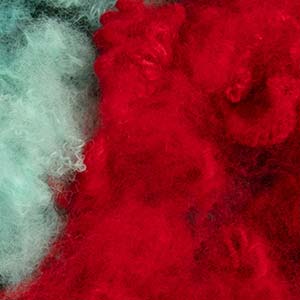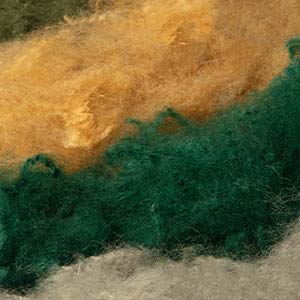This article will specifically focus on concrete fibers and is part of Zarif Carpets‘ collection of articles related to staple fiber. Discover more articles related to this subject on our ‘All About Staple Fiber‘ page.
If you are not familiar with the topic of staple fiber, we recommend checking out our guide ‘Staple Fiber: What You Should Know‘ first.
Introduction to Concrete Fibers
Concrete staple fibers, also known as concrete reinforcing fibers, are short, discrete lengths of various materials that are added to concrete to enhance its mechanical properties. These fibers play a crucial role in improving the overall performance and durability of concrete structures.
Types of Concrete Staple Fibers
Concrete Fibers come in various types such as steel, polypropylene and glass fibers. In the following sections, we briefly delve into each type:
Steel Fibers
These are commonly used staple fibers made of steel. They come in various shapes, such as hooked, straight, or crimped, and provide reinforcement against cracking and improve the tensile strength of concrete.
Polypropylene Fibers
These synthetic fibers are lightweight and resistant to chemicals. They help control plastic shrinkage cracking and improve the impact resistance of concrete.
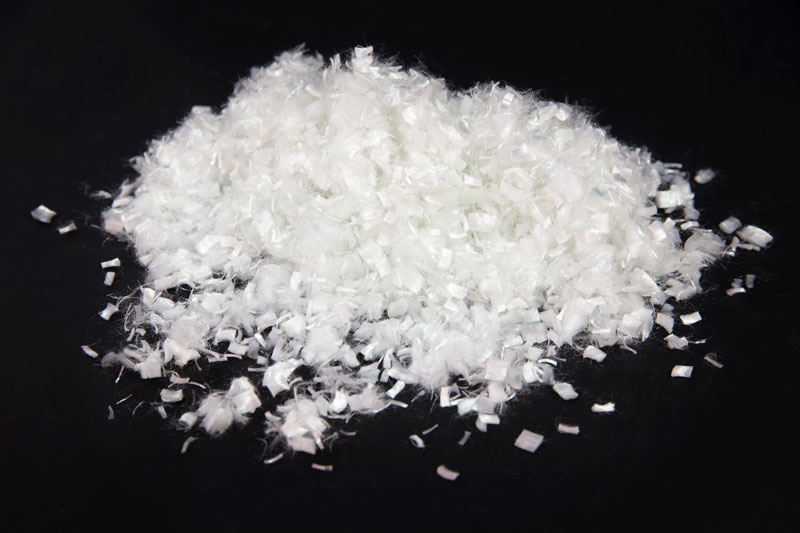
Glass Fibers
Glass staple fibers are corrosion-resistant and can be an alternative to steel fibers. They are particularly useful in environments where steel may corrode, such as in marine structures.
Advantages of Concrete Staple Fibers
As mentioned, concrete fibers are added to concrete to improve its mechanical properties, Here are some advantages they offer:
Crack Control
One of the primary benefits is the ability to control cracking in concrete. The fibers act as a reinforcement to prevent the development and propagation of cracks, especially in the early stages of curing.
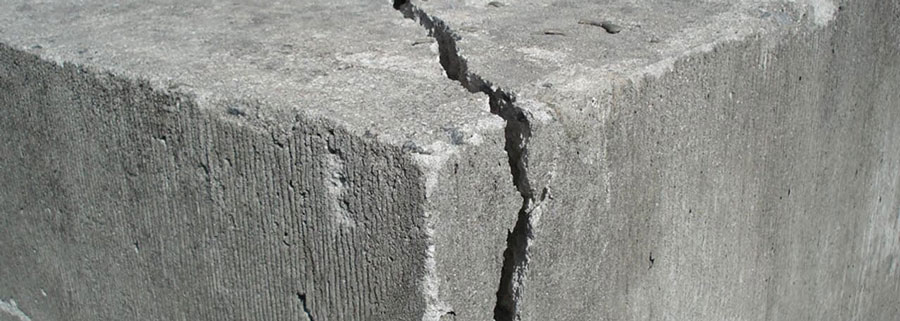
Improved Toughness
Concrete reinforced with staple fibers exhibits increased toughness and resistance to impact. This is particularly important in applications where the concrete may be subjected to heavy loads or dynamic forces.
Reduced Shrinkage
Fibers help reduce plastic shrinkage cracking that can occur during the initial setting of concrete, enhancing its overall dimensional stability.
Enhanced Durability
Staple fibers contribute to the long-term durability of concrete structures by minimizing the effects of weathering, abrasion, and other environmental factors.
Applications of Concrete Staple Fibers
Here are some applications of concrete fibers:
Industrial Floors
In areas with heavy machinery and equipment, concrete staple fibers are often used to improve the load-bearing capacity and resist surface abrasion.
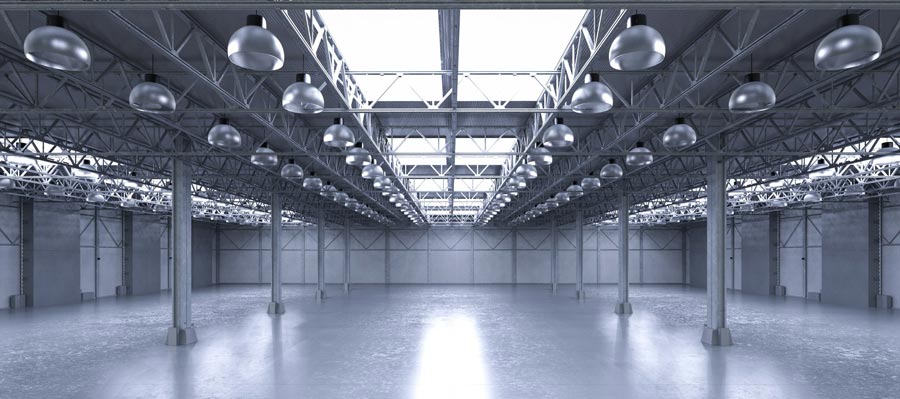
Shotcrete
Fiber-reinforced shotcrete is commonly used in tunnel construction, providing additional strength and durability.
Precast Concrete Elements
Staple fibers are added to precast concrete components to enhance their structural integrity and resistance to transportation and handling stresses.
Mixing and Placement of Concrete Fibers
- Concrete staple fibers are typically added during the mixing process. The distribution of fibers throughout the concrete is crucial for achieving uniform reinforcement.
- Careful attention is given to the mix design, ensuring that the fibers are evenly dispersed to achieve the desired performance characteristics.
Considerations of Using Concrete Fibers
- It’s essential to follow manufacturer recommendations regarding dosage rates and mixing procedures to achieve optimal results.
- Compatibility with other concrete additives and admixtures should be considered during the mix design process.
Zarif Carpets' Concrete Fibers
Zarif Carpets manufactures polypropylene staple fibers in various range of technical specifications, For more details and a datasheet, please download our concrete staple fibers manual pdf through the following link:
Final Words
In conclusion, concrete staple fibers are a valuable addition to enhance the performance and durability of concrete structures. Whether used in industrial floors, tunnels, or precast elements, these fibers provide effective reinforcement, contributing to the longevity and resilience of the concrete.
Similar Articles About Staple Fibers:

